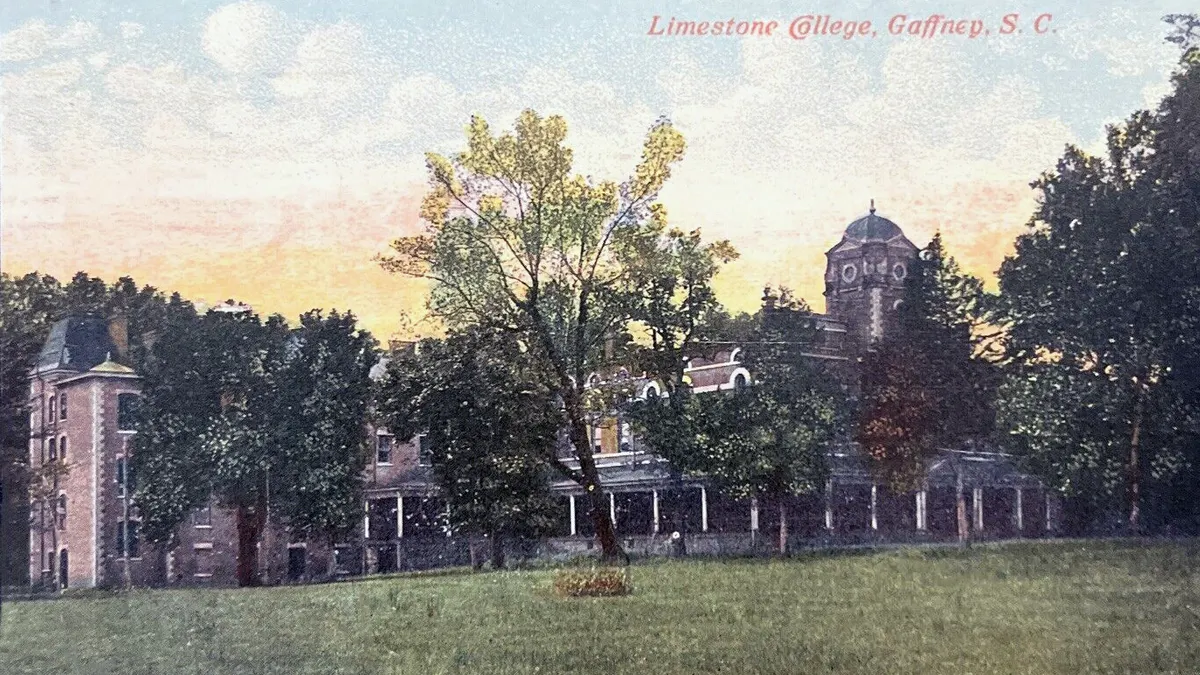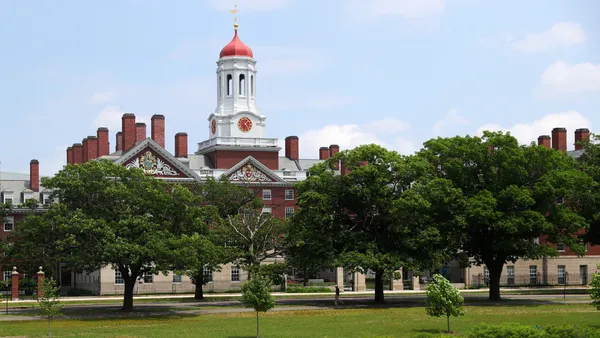Dive Brief:
- Princeton University is poised to alter a policy designed to combat grade inflation, taking back a 35% limit on the number of A-range grades awarded in its courses.
- A faculty report recommended eliminating the 35% rule, and Princeton’s president has endorsed the recommendation, Inside Higher Ed reported.
- While the faculty report documents grade inflation leading up to the implementation of the 35% rule in 2005, it says that increased faculty attention to the issue — not the policy — may have played the key role in the lower grades handed out since then.
Dive Insight:
According to the faculty report, the average grade at Princeton increased to 3.38 in 2003 from 3.03 in 1974, and the percentage of A-range grades increased to 47.9% from 29.9% in the same span. But the grade point average peaked in 2002, then fell through 2005, showing that other factors starting dropping grades before the policy was in effect. The report also points out that the policy is stressing students, many of whom believe they are battling each other for a limited pool of As. But the report found that Princeton students don’t suffer a disadvantage when applying to graduate schools, competing against students from other schools without the grade policy.











